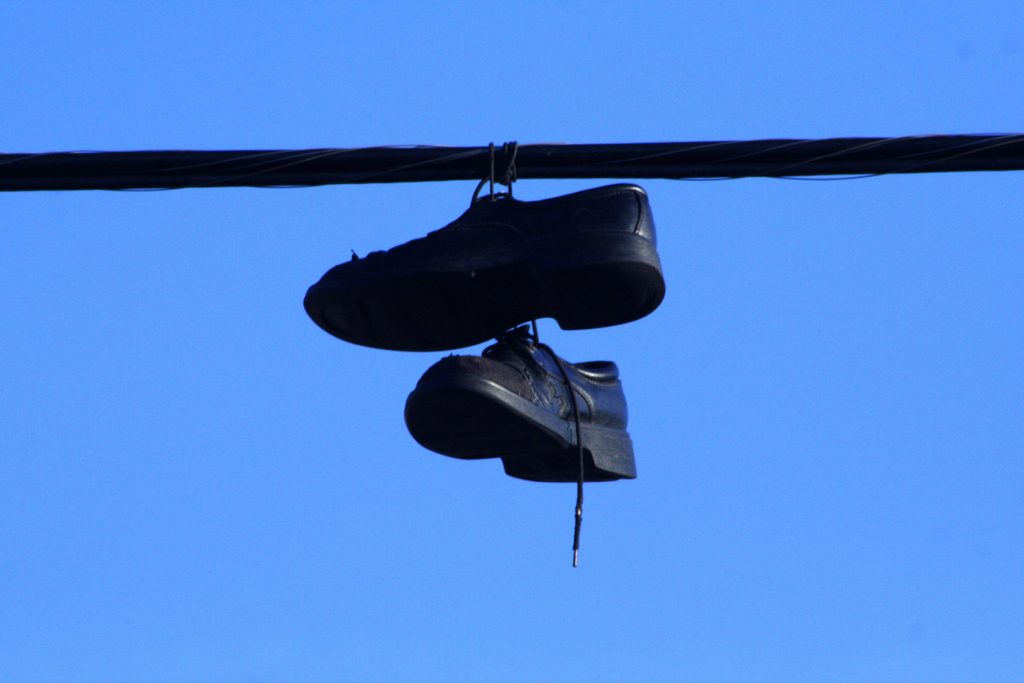Technology and innovation create new possibilities every day, but few industries are as vulnerable to such high-speed development as the shoe market, particularly the womens boots market.
Smart innovation, material development, connective materials and sustainable alternatives to the products known to us today – these are just a few advancements in the technology that are conceived in the shoes market daily. Be it known and appreciated brand names or young brash and ingenious new brand names, they all add to a market that typically sets the standard for other markets to follow.

At Stahl we work carefully with OEM’s in the footwear market on a large range of projects, for instance, devoting to Manufacturing Restricted Substances Lists (MRSL) for textile and leather processing, or creating new innovations and product collections for advanced shoes labels that may include a new line of knee high boots.
This is why we follow innovations and trends in the shoes market with interest. One of our partners is the SLEM global development and education institute for shoes and its founder, distinguished trend forecaster Nicoline van Go into. She has just recently developed a trend projection for footwear, where innovation and development shape the future. Here are some of Nicoline’s future patterns in shoes:
1 Footwear internet of things
Shoes will become part of the Internet of Things: the network of physical items that are embedded with electronics, software, sensing units, and network connection to allow them to gather and exchange data. Shoes are highly beneficial for this, because the majority of people use them throughout the day and they can offer more area for electronic devices than a mobile phone. In the meantime, we mostly discover interactive shoes that have GPS, heating, pedometers, musical or massage functions and automated fastenings, but we are expecting more advanced options that, for instance, stimulate the nerves in the feet to improve health.
2 Alternative leathers
Leather is still the most popular product for footwear like ankle boots, but sometimes, its ecological footprint can be improved. That is why designers are searching for different sort of leather and brand-new methods of tanning and finishing. For instance, we see interest in utilizing parts of the animal that are normally discarded, such as the stomach (top row). Or we find new fish leathers, which some think about to be more sustainable given that fish skin is considered waste in the fishing market. These scaled leathers are extremely fragile though. That is why natural tannins and dyes could be a much better option, like prints made with algae that alter color gradually.
3 Soft sensor networks
In the future shoes will generally evolve to become wearable information centers that monitor our body and organize its interaction with the outside world. This is done through so-called soft sensing unit networks: circuits of flexible sensors that are embedded in the upper and/or (in) sole and are programmed to determine specific information, which is then sent out to an external gadget, such as a watch or a smartphone. In this manner, we can not just monitor injuries if your thigh high boots break on you, but also avoid them from taking place, which is especially beneficial for diseases that greatly impact the feet, like diabetes.




